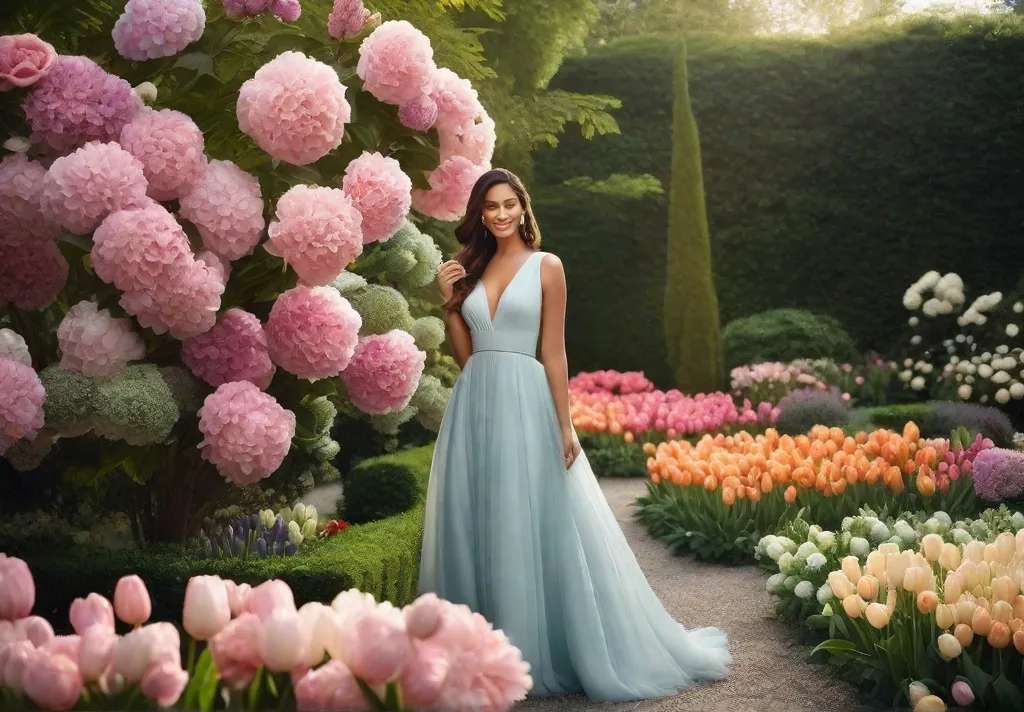Have you ever dreamed of having your secret garden? A tranquil oasis where you can escape the stresses of daily life and immerse yourself in nature’s beauty? Well, dream no more! With these 12 majestic flower garden ideas, you can transform your ordinary backyard into a blooming paradise.
Imagine stepping outside and being greeted by a kaleidoscope of vibrant colors, delicate fragrances, and the gentle hum of buzzing pollinators. Envision a space to relax, unwind, and reconnect with the natural world in your backyard. This is the power of a well-designed flower garden – it can elevate your outdoor living experience and bring a sense of serenity to your home.
So, let’s embark on a journey to create your floral sanctuary. From embracing seasonal splendor to incorporating fragrant blooms and attracting pollinators, these ideas will guide you in crafting a backyard paradise that truly reflects your style and preferences.
Embracing Seasonal Splendor
One key to a stunning flower garden is ensuring a continuous display of blooms throughout the year. You must select various plants that bloom during different seasons to achieve this. Start by researching the hardiness zones in your area and choosing flowers that thrive in your climate.
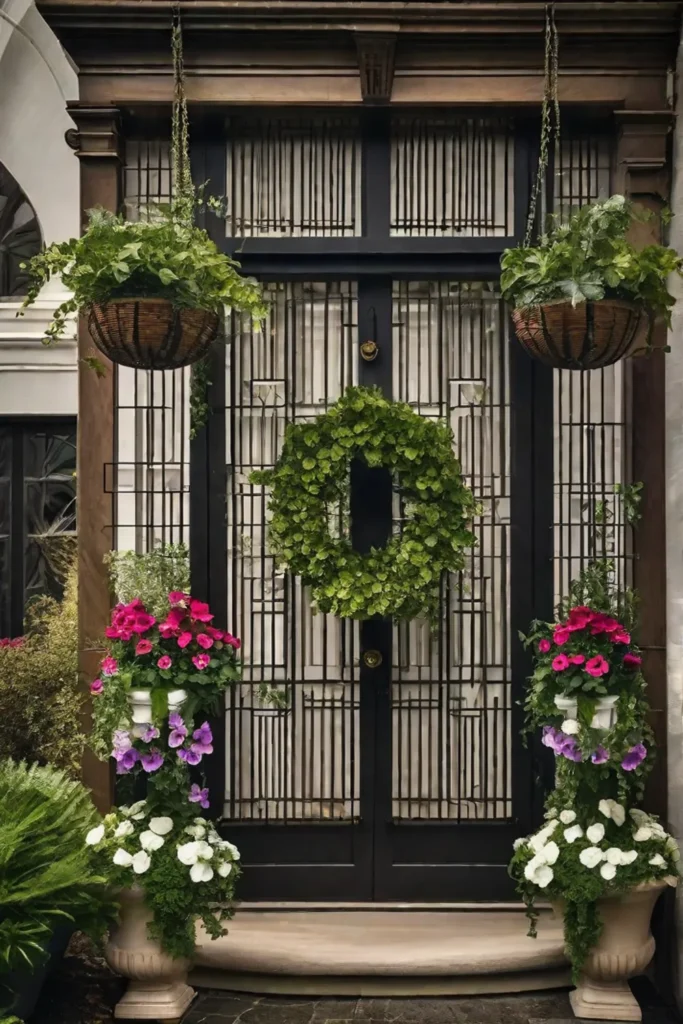
For example, you might plant tulips, daffodils, and hyacinths in the spring. As summer arrives, transition to peonies, roses, and lilies. In the fall, embrace the warm hues of chrysanthemums, asters, and sedum. Additionally, incorporate annuals, perennials, and biennials to ensure a constant rotation of fresh blooms.
Creating a Color-Themed Garden
Color plays a decisive role in shaping our emotions and perceptions. In garden design, you can strategically use color to create specific moods and enhance the aesthetic appeal. For instance, warm colors like red, orange, and yellow evoke warmth and energy, while cool colors like blue, green, and purple create a sense of calm and tranquility.
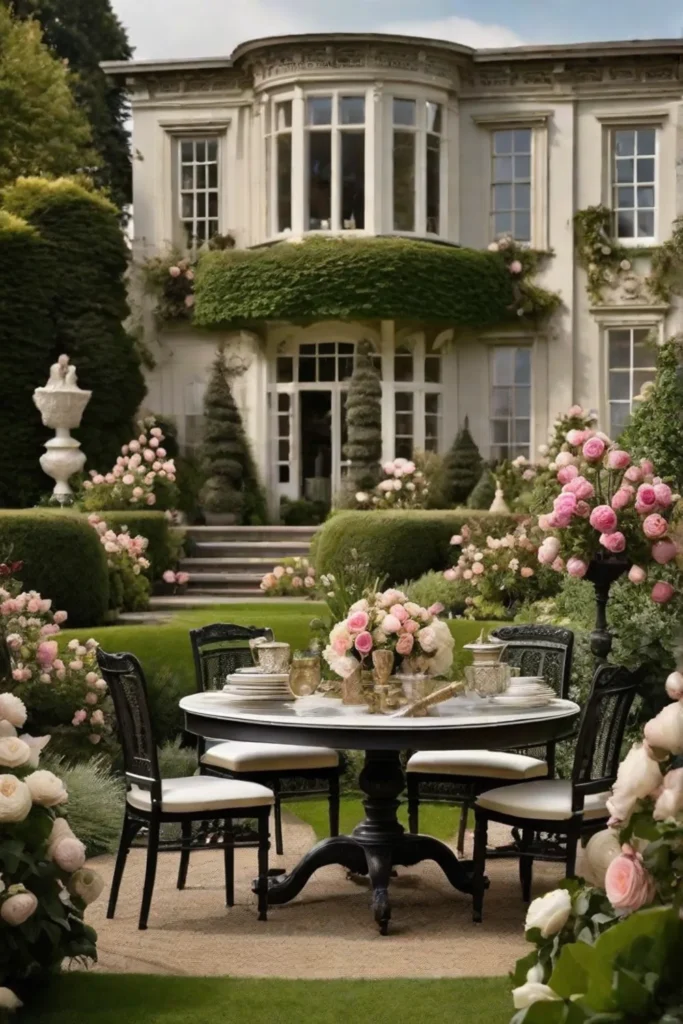
Consider creating a monochromatic garden featuring different shades of the same color for a harmonious and elegant effect. Alternatively, combine contrasting or complementary colors for a vibrant and eye-catching display. Use the color wheel as a guide to select harmonious combinations that will make your garden truly pop.
Layering Heights for Depth and Interest
Layer plants of varying heights to create a visually engaging and dynamic space. Carefully select and arrange plants based on their mature sizes and growth patterns. Tall plants like towering delphiniums or sunflowers can form the backdrop, while mid-height plants like lilies or zinnias add color and texture in the middle layer. Finally, short plants like alyssum or dianthus create interest at ground level.

Strategic plant placement is critical to creating the illusion of depth. Place taller plants at the back of the garden and shorter plants towards the front. You can also use trailing plants to soften edges and add movement to the garden.
Incorporating Fragrant Flowers for a Sensory Experience
Fragrance plays a significant role in elevating the allure of any garden. The sweet scents of blooming flowers delight the senses and create a calming and inviting atmosphere. Incorporate fragrant plants like lavender, roses, jasmine, and honeysuckle into your backyard paradise.

Plant fragrant flowers near seating areas, patios, or walkways to maximize their impact. Line a path with aromatic herbs like rosemary or lavender to create a scented walkway. Incorporate flowers with different blooming seasons to ensure a continuous fragrance throughout the year.
Attracting Pollinators with Native Plants
Native plants support local ecosystems by providing food and shelter for native wildlife, including birds, butterflies, bees, and other pollinators. Additionally, they promote biodiversity and reduce the need for pesticides and fertilizers, which can harm these beneficial insects.
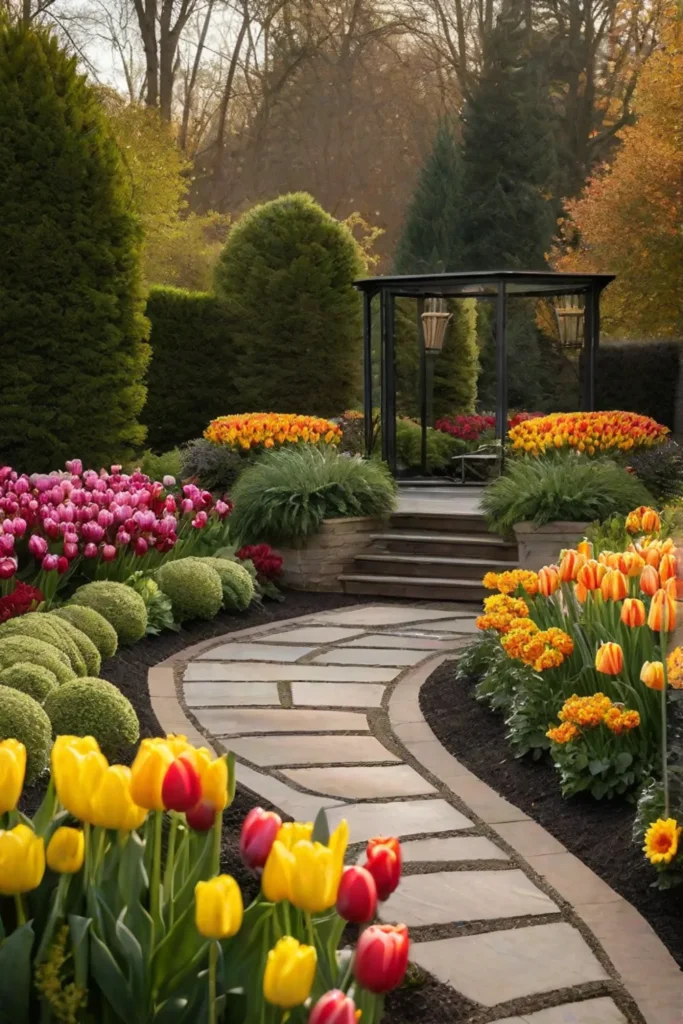
To attract pollinators, incorporate region-specific native plants into your garden. For example, consider butterfly weed, black-eyed Susans, and purple coneflowers in the Northeast. In the Southeast, lantana, salvia, and coreopsis are excellent choices. Milkweed, coneflowers, and goldenrods will surely draw in various pollinators in the Midwest.
Designing a Night-Blooming Garden for Evening Enjoyment
Imagine the enchantment of a garden that comes alive after sunset, transforming your backyard into a magical oasis. Night-blooming plants like moonflowers, evening primrose, and jasmine emit their sweet fragrances in the evening, creating a captivating atmosphere for nighttime gatherings.
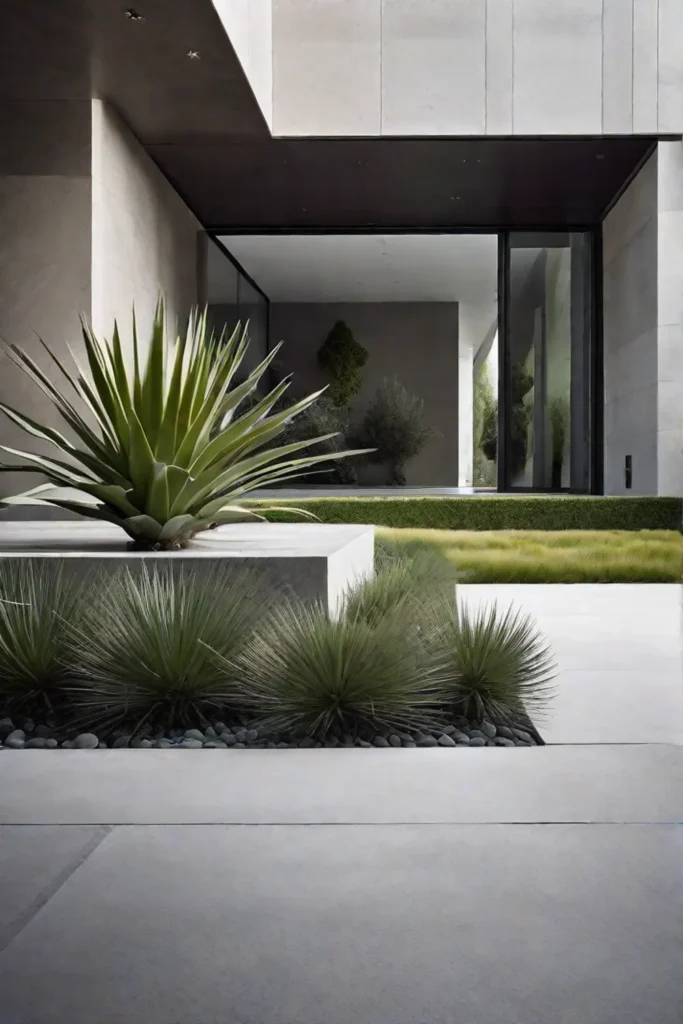
To complement these night bloomers, incorporate lighting techniques such as path lighting, uplighting, or twinkling fairy lights. The soft illumination will highlight the plants’ beauty and create a warm and inviting ambiance for evening enjoyment.
Implementing a Water-Efficient Garden
In today’s world, it’s essential to prioritize sustainability in all aspects of our lives, including garden planning. With the increasing scarcity of water resources, creating a water-efficient garden is both environmentally responsible and practical.
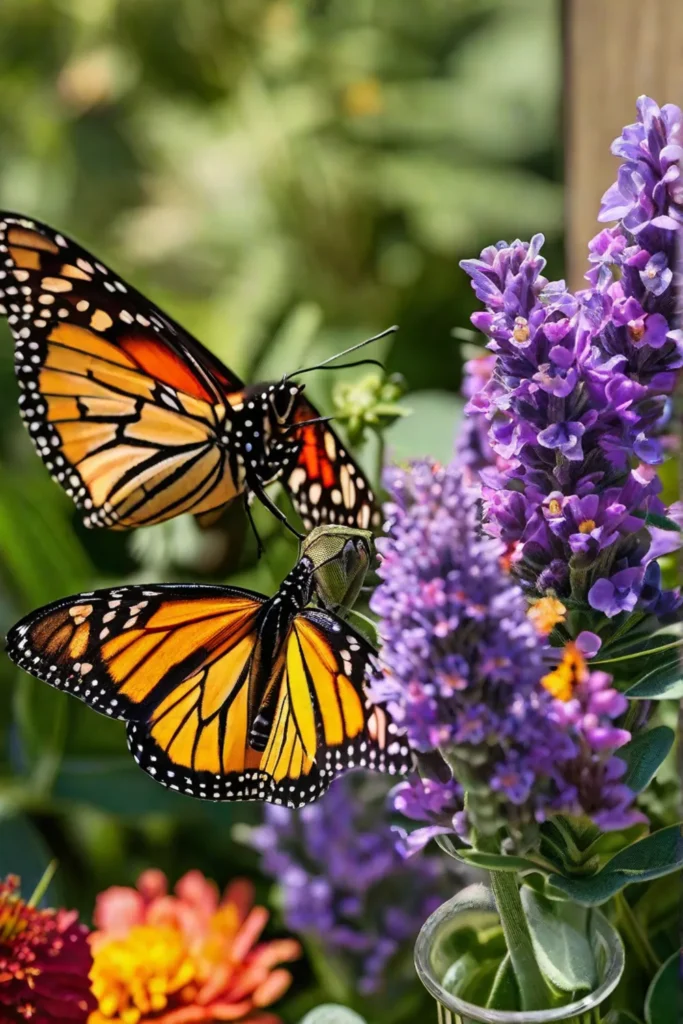
Choose water-wise plants like succulents, cacti, and drought-tolerant perennials that require minimal watering. Additionally, utilize techniques such as mulching, grouping plants with similar water needs, and installing drip irrigation systems to minimize water waste.
Adding Structural Elements with Flowering Shrubs and Trees
Larger plants, such as flowering shrubs and trees, can serve as natural focal points within your garden, drawing the eye and creating a sense of depth. They can also provide privacy by screening unsightly views or making a living fence.
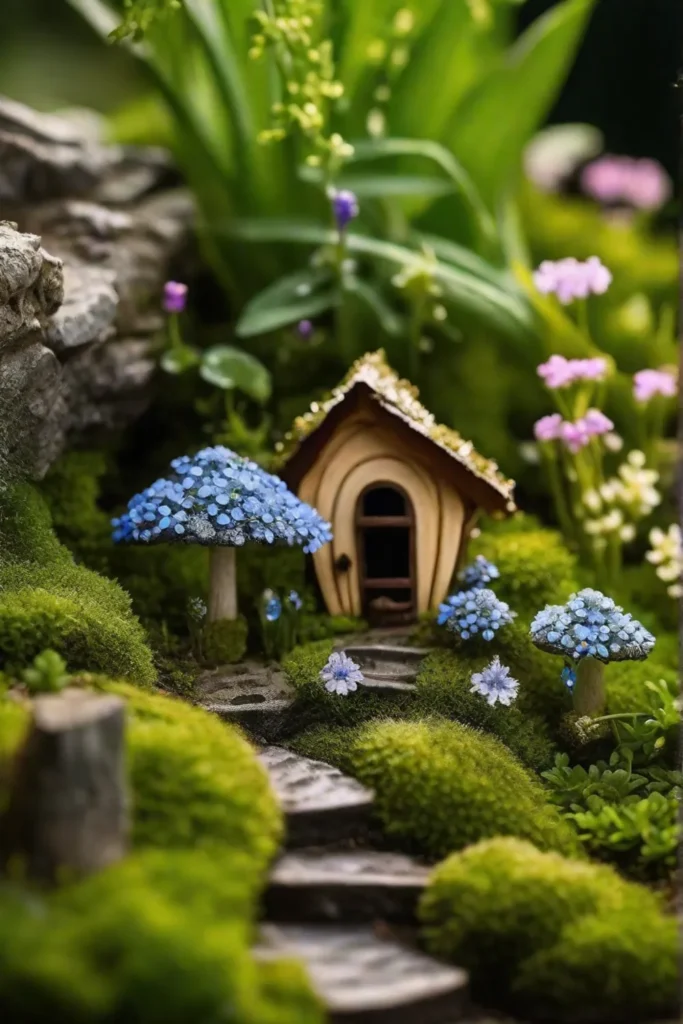
When selecting flowering shrubs and trees, consider your climate zone and choose varieties that thrive in your area. For example, bougainvillea, hibiscus, and oleander are excellent choices in warm climates, while hydrangeas, azaleas, and Japanese maples are beautiful options in colder regions.
Utilizing Containers for Versatile Gardening
Container gardening offers many advantages, especially for those with limited space or living in urban environments. Containers can be easily moved, allowing for seasonal rotation and optimal sun exposure. They also provide complete control over soil quality and drainage, ensuring optimal conditions for plant growth.
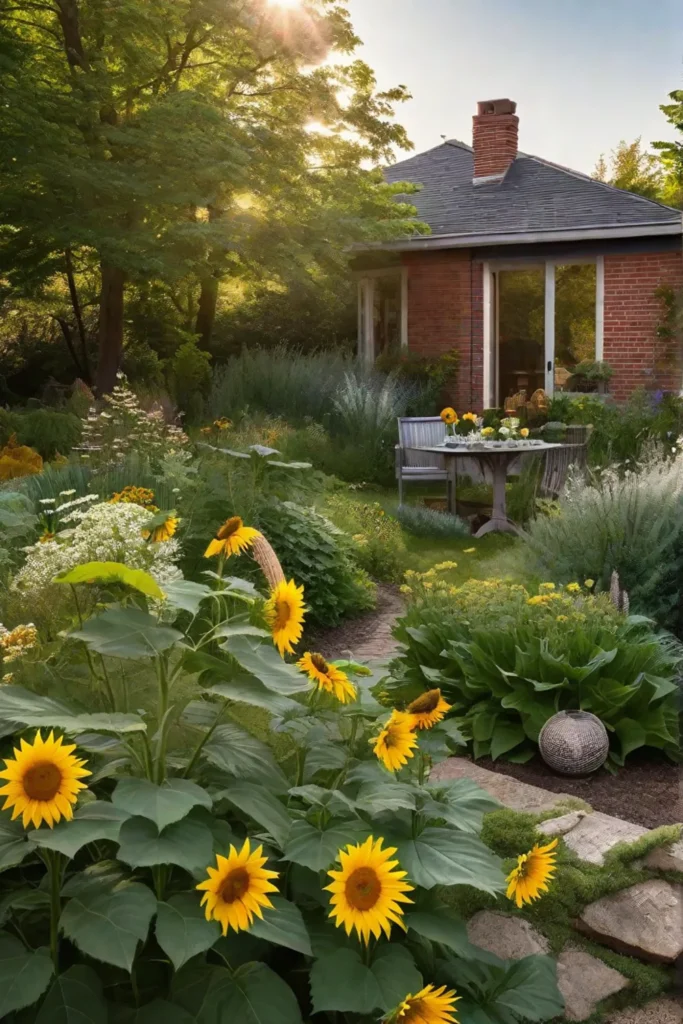
Choose durable and weather-resistant containers in various shapes, sizes, and materials to add visual interest and complement your garden design. Group containers by height, color, or texture to create visual impact, and consider using vertical structures or tiered stands to maximize space.
Crafting a Cottage Garden for a Whimsical Touch
A cottage garden evokes nostalgia and charm, inviting you to escape into a realm of whimsical beauty. This enchanting style is characterized by abundant blooms in a kaleidoscope of colors and textures arranged in a seemingly haphazard yet charming manner.
Incorporate romantic roses, fragrant lavender, tall foxgloves, and delicate sweet peas into your cottage garden. Create a winding path to encourage exploration and use vintage or repurposed elements like distressed benches, old watering cans, and trellises to add character and charm.
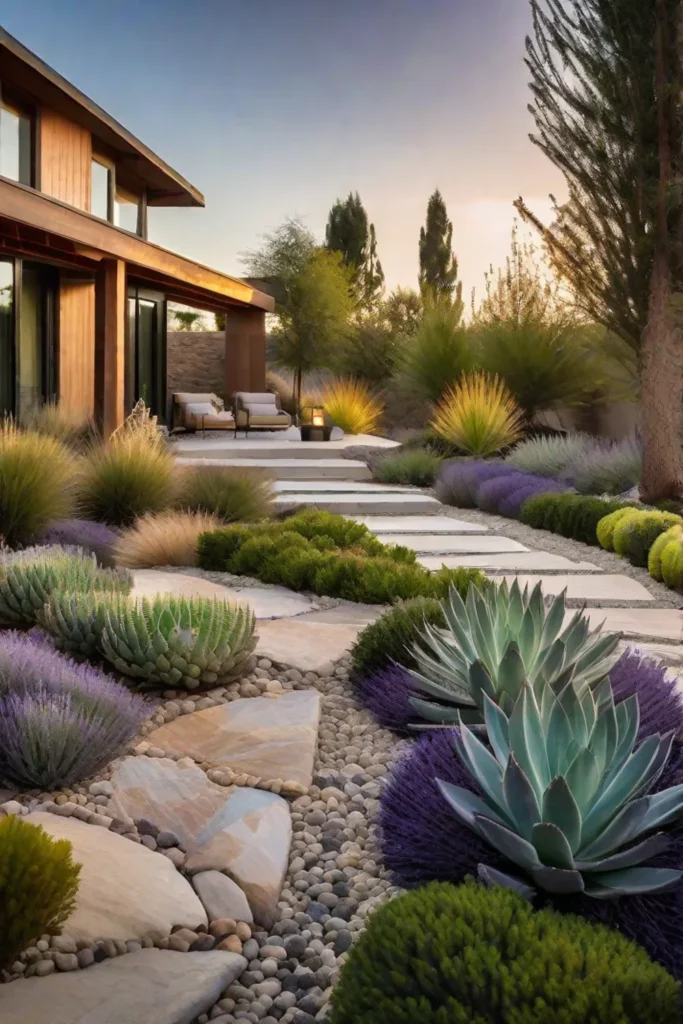
Incorporating Art and Personal Touches
Gardens are an extension of your home, reflecting your style and creativity. Incorporating art and decor into your garden can add character, evoke emotions, and create a sense of place.
Consider creating unique DIY projects using found objects or repurposed materials, or invest in high-quality sculptures that complement your garden’s aesthetic. To add vertical interest, you can also hang framed prints, painted panels, or decorative mirrors on fences or walls.
Planning for Maintenance and Growth
While creating a beautiful flower garden is rewarding, planning for long-term maintenance and growth is essential. Choose low-maintenance plants well-suited to your climate and soil conditions, and group plants with similar needs together to simplify care.
Develop a seasonal maintenance routine to keep your garden looking its best, including pruning, deadheading, and mulching. Additionally, strategies for managing growth should be implemented, such as dividing overgrown plants or using trellises and supports to control their size and shape.

With these 12 majestic flower garden ideas, you can transform your backyard into a blooming paradise. Start small, experiment with different ideas, and let your creativity flourish. Before long, you’ll enjoy a personal oasis that brings joy, beauty, and tranquility.
So, which of these ideas resonates with you the most? Please share your thoughts and experiences with us, and let’s inspire each other to create outdoor spaces that truly reflect our passions and enhance our well-being.
